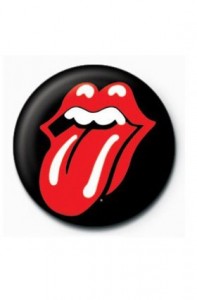 Ah, the joys of logo design. We’ll push pixels around all day to make you one killer website, but we are also asked to distill your business, project, or institution into a single emblem, and this is not an easy task However, that doesn’t mean all graphic designers flush at the thought of designing a logotype: In fact, we know a few mates who absolutely love it. And with that in mind, if you’re one of those lustful lads who’s looking to make the biggest, best, and brightest logo designs possible, we’ve got a few thoughts on what we know to be popular in the field. This is by no means a comprehensive survival guide, but it will at least nudge you in the right direction if you’re feeling lost. Starting with:
Ah, the joys of logo design. We’ll push pixels around all day to make you one killer website, but we are also asked to distill your business, project, or institution into a single emblem, and this is not an easy task However, that doesn’t mean all graphic designers flush at the thought of designing a logotype: In fact, we know a few mates who absolutely love it. And with that in mind, if you’re one of those lustful lads who’s looking to make the biggest, best, and brightest logo designs possible, we’ve got a few thoughts on what we know to be popular in the field. This is by no means a comprehensive survival guide, but it will at least nudge you in the right direction if you’re feeling lost. Starting with:
1. Retro Badges and Emblems: These are everywhere. We aren’t sure why, but no matter the reason, retro style badge and emblem logos are the biggest ticket item we can name at the moment. Looking at the hip ski resorts in our area (High Rockies) nine times out of ten the coolest places have a retro, pine-influenced badge logo. Not to mention all the microbrews in the region. To put it simply, if you want your logo to look chic but rugged, there’s no better way than with a classic badge or emblem logo. Add a bit of grunge into the mix, as well as some pastel tones, and you’re guaranteed a winner in today’s market.
2. Animals: This may be nothing new, but the trend of using animals as symbols for companies is stronger than ever, if not more so. The practice of adding a furry metaphor to the mix isn’t just localized to places looking to be seen as cool, though. Everyone from Gowalla to MGM uses the technic, and with unbelievable results. Using an animal is also a great way to set a tone for your logo: It’s the difference between a kangaroo and a lion. Get a feel for this, and you may find your clients adoring your work even more than before.
3. Ye Olden Type: And lastly, we’ve seen a far greater emphasis on plain type logos than we have before in recent memory. This means companies like the GAP and IBM should be your role models. Furthermore, we’ve seen a greater emphasis on smaller logotype, and increased copy size.


